Market Share
Label Adhesives Market Share Analysis
The Marketing Share of the Label Adhesive Market is accredited to the companies that consider different positioning strategies in the world where the market is highly competitive. An embedded approach is noticeably perceptible as manufacturers carefully go about doing product differentiation where companies come up with distinct and creative label adhesive products that are unique to their brands. The firms apply the capital for financial research whenever they invent special feature adhesives including enhanced durability, eco-friendly formulations, or identification of customers' unique applications.
It is believed that the value of the global label adhesives will significantly increase within the effected period of time because of robust demands from the end-user. On top of that, almost every company which, is a part of this group utilises tapes and labels for either advertising or these objectives. They are used to seal every kind of products ranging from folding boxes, bottles, boxes, vials and many others. The key components of market tape and label adhesives are often increasing because of shipping and handling a number of products ranging from foodstuffs, beverages, etc.
Moreover, cost leadership where business try to get the lowest prices by giving discount to producers is an important position strategy in Label Adhesives Market. This method usually involves the carrying out of production processes with maximum efficiency, minimizing the supply chain related costs, and dealing with suppliers with a desire for the best deals possible. Through the provision of high-quality but cost-efficient adhesive labels at reasonable prices, companies not only can satisfy price-sensitive consumers, but also it is possible to increase the number of clientele.
Market-segmentation is a multi-targeting strategy that corresponds tailored products specifically to customer segments. Firms carefully weigh the unique demands and tastes of individual sectors or uses and design such customized products as needed. So they can answer these requirements of every market sector in a different way and are considered experts in niche branches. For example, a company may zero in manufacturing label adhesives intended specifically for the food and beverage industry industry and meet relevant standard requirements, including performance criteria.
Strategic partnerships and high-level collaborations are indispensable attributes which are needed in market share positioning within Label Adhesives Market. Through entering into strategic alliances with main players in the packaging industry (including producers of printing equipment, labels and packaging materials) companies can come up with wholesome solutions which cater for the entire supply chain and that add value. These cooperations not only open up ways for improving the range of products but also ensure even larger distribution networks, and therefore, in turn, increase the possibilities for the products to appear on the market more frequently.

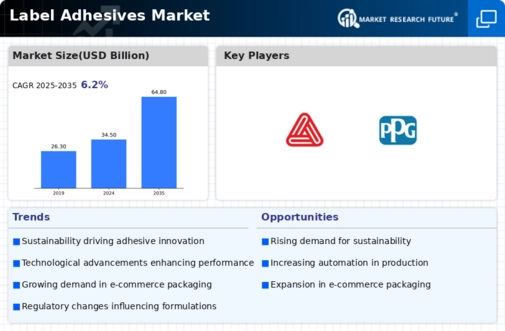

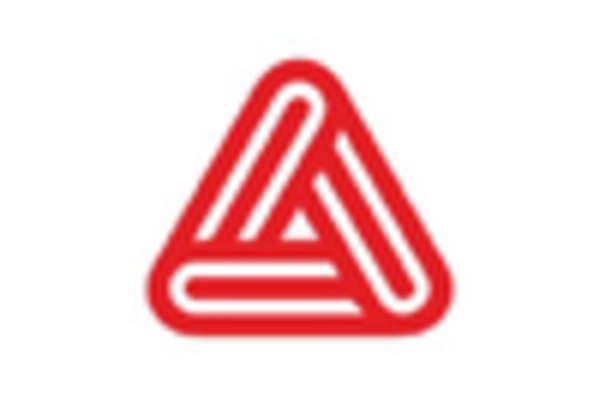

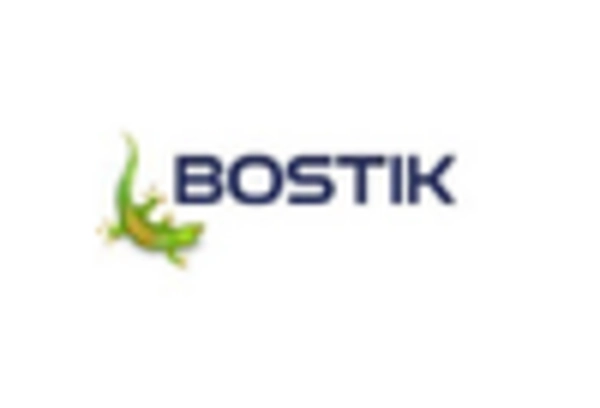
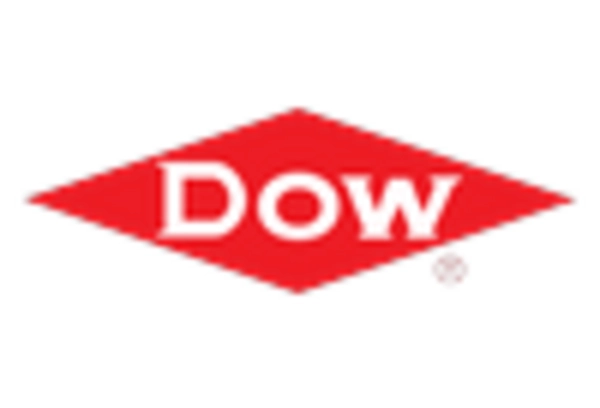
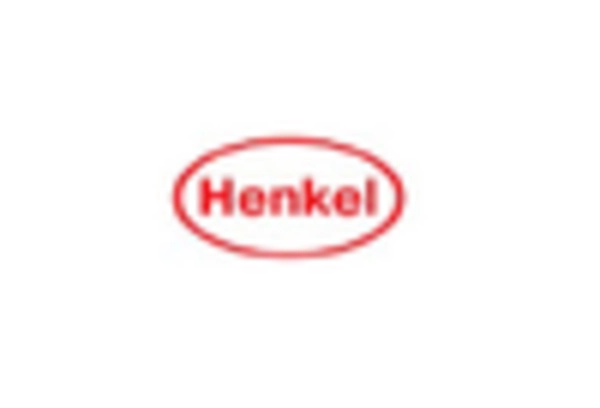
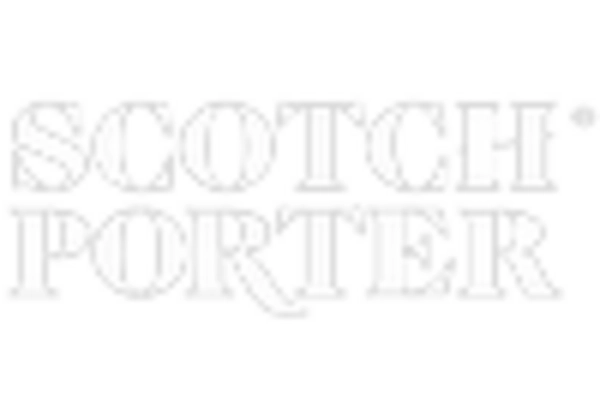
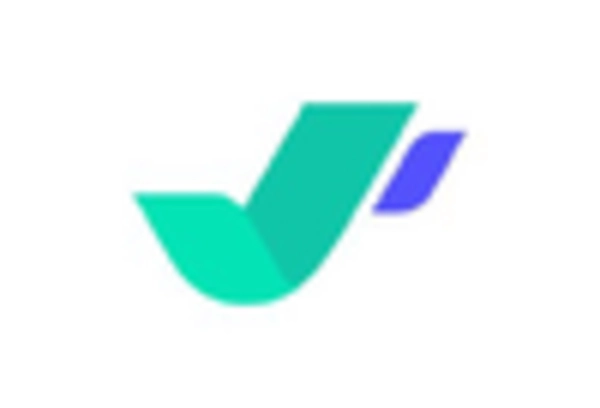









Leave a Comment